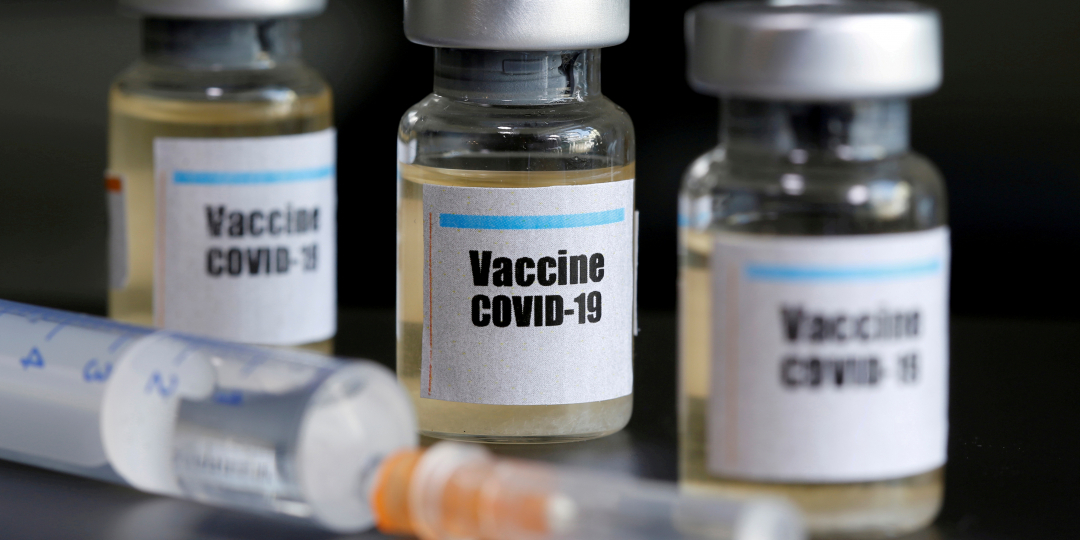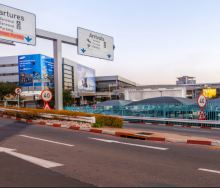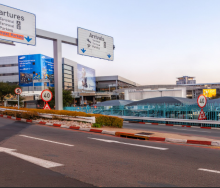A report by the UN Conference on Trade and Development (UNCTAD), has outlined the devastating effect that the pandemic has had, specifically on developing countries that depend on tourism.
The convergence of a) government attempts across the globe to protect populations using lockdowns and quarantines and, b) traveller reluctance to travel for fear of the virus, have caused the number of international tourists globally to plummet by 74% in 2020 compared with 2019. A more realistic picture is seen by excluding January and February 2020, as they were pre-COVID months on the international travel scenario – thus a more realistic assessment of the drop in arrivals is 84%.
The report identifies as “a major challenge”, the uneven availability of vaccines and the low numbers of vaccinated people in many countries. It is likely that tourism in countries with a high share of vaccinated people will rebound faster than in countries with a low share. Travel within Europe and North America, for example, is likely to pick up faster, beginning this summer, than it will in many developing countries.
This, combined with other challenges such as vaccination reluctance, and the fear that available vaccines will not protect people against newer variants, forms a new picture around the speed of tourism recovery. “Given these constraints, it is unlikely that tourism will bounce back to its pre-pandemic levels within a year or two,” says the report.
The cost of the tourism contraction could reach US$4trn (R57trn) by the end of this year, the UNCTAD report says, and, with the varying pace of vaccine roll-outs, is expected to cost developing nations and tourist centres particularly dear.
While heavily tourism-reliant countries such as Spain, Greece and Portugal will benefit from a swift vaccine roll-out in their stronger economies, developing countries are likely to suffer the most this year.
Next year
The report’s worst-case prediction for 2021 is based on the same tourist numbers as in 2020 (when they were down 74% compared with 2019). This is a reduction equivalent to one billion arrivals globally.
Its best-case scenario for 2021 assumes that countries with low vaccination rates will experience no improvement, seeing a reduction of 75% (of 2019 numbers) in tourist arrivals, but that those with high rates of vaccination see a much smaller reduction of 37% of a normal year like 2019.
The cascade effect of these massive reductions in tourist numbers plays out into an effect on predicted GDP for 2021. Turkey, Ecuador and South Africa top the list as the countries worst affected by a reduction in tourism. South Africa will see 5,5% loss of GDP (best-case scenario, where the reduction in tourist numbers in 2021 is only 63% less than 2019) to 8,1% loss of GDP (worst-case scenario, where tourism numbers are the same as in 2020).
UNCTAD’s assessment of the cascade into the GDP of the countries it deals with is based on losses to the sectors that supply tourism – food, beverages, retail trade, communications and transport. The final effect on GDP is calculated to be around three times the direct loss to the tourism industry.
The report places South Africa third, after Ecuador and Ireland in employment losses. Best-case scenario (partial recovery, tourist reduction is only 63% of 2019 figure) will cascade into an 8,1% loss of unskilled jobs in the whole economy. Worst-case scenario (where tourism numbers are the same as in 2020) will result in an 11,8% loss of jobs in SA’s economy.
The report concludes that vaccinations seem to be the most important element. It says that rolling out vaccines globally as soon as possible is an economic priority. Vaccinating 40% of the world’s population by the end of 2021 and 60% by mid-2022 is aspirational, difficult and expensive (US$50bn), but the estimated benefits exceed the costs.
“Until herd immunity is achieved, stepping up co-ordination and communication on travel requirements is critical. For example, the WTO and Iata’s collaboration on a destination tracker. The EU digital COVID certificate is a major advance and Iata is promoting a travel pass to facilitate the inclusion of travel documents such as vax certificates and test results. Other measures to facilitate travel could include cheap, fast and reliable testing. Agreed protocols for testing on departure could remove the need for quarantine on arrival. Common standards are required so that destination countries accept testing in source countries.”
The report calls for countries to make strategic decisions regarding the future of tourism in their countries, using the following points:
* Some tourism businesses will not survive, even once travel restrictions are removed. Governments need to decide which to support and for how long.
* Long-term implications of the pandemic need to be considered. Some structural adjustment is likely to be necessary. It seems likely that COVID-19 will be around for some time. A return to normal before 2023 seems optimistic.
* Environmental considerations may become more important and could increase costs for long-distance flights or increase social pressure to avoid them.
* Other changes may be a reduction of confidence in cruise ships, but more domestic tourism in the three largest source regions, United States, Europe and China.
*Developing countries dependent on tourism might consider how they can diversify resources away from tourism.














